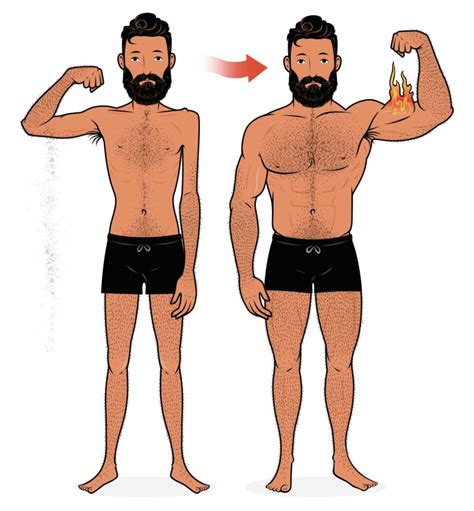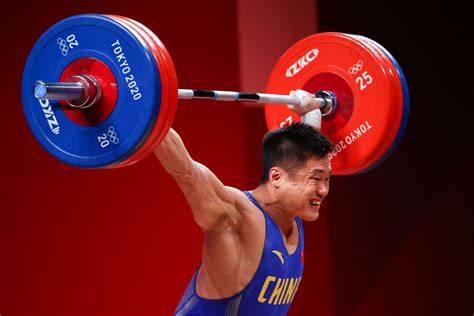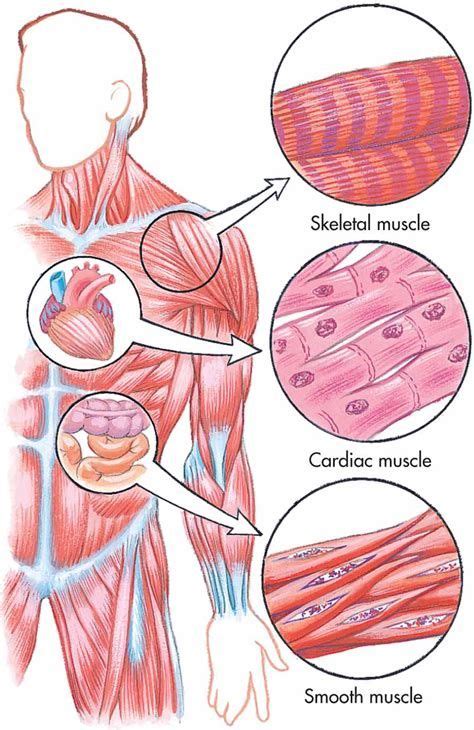Optimize muscle growth: What’s the ideal rep range for peak hypertrophy & strength?

Beyond the Traditional Wisdom of Rep Ranges
For decades, fitness enthusiasts and lifters have grappled with the question of the ‘ideal’ rep range. The conventional wisdom often dictated a clear split: low reps (1-5) for strength, moderate reps (6-12) for muscle growth (hypertrophy), and high reps (15+) for endurance. While these guidelines hold some truth, modern exercise science reveals a more nuanced picture, suggesting that all rep ranges can contribute significantly to both strength and size, provided the training intensity is sufficient.
Understanding how different rep ranges influence physiological adaptations is crucial for designing a workout program that aligns with your specific goals. It’s not simply about picking a number; it’s about the effort, the volume, and the progressive overload applied consistently over time.

Understanding the Spectrum of Rep Ranges
Low Reps (1-5 Reps): The Strength Foundation
Training in this range with heavy loads primarily targets the development of maximal strength. It recruits a high number of muscle fibers, particularly fast-twitch fibers, and improves neurological efficiency, allowing your body to activate more motor units simultaneously. While primarily known for strength, heavy lifting also contributes to myofibrillar hypertrophy – the growth of contractile proteins within muscle fibers – making muscles denser and stronger.
Moderate Reps (6-12 Reps): The Hypertrophy Sweet Spot
This range is often dubbed the ‘hypertrophy zone’ for good reason. It balances mechanical tension (from moderate weight) with metabolic stress (from time under tension and byproduct accumulation like lactate). This combination is highly effective at stimulating both myofibrillar and sarcoplasmic hypertrophy (increase in non-contractile elements like fluid and glycogen), leading to noticeable muscle size gains. It allows for sufficient volume to create micro-trauma without being excessively taxing on the central nervous system.

High Reps (15+ Reps): The Unsung Hero of Growth
Often overlooked for hypertrophy, high-rep training, when taken close to muscular failure, can be surprisingly effective for muscle growth. It generates significant metabolic stress and can enhance sarcoplasmic hypertrophy, improving a muscle’s capacity for sustained effort. While the weights are lighter, the accumulated fatigue and muscle pump contribute to growth signals. This range can also be excellent for improving muscular endurance and working on technique without excessive load.

The Critical Role of Effort and Progressive Overload
Regardless of the rep range, the most critical factor for both hypertrophy and strength is the level of effort. Training close to muscular failure, often described as leaving 0-3 Reps In Reserve (RIR), is essential to provide a sufficient stimulus for adaptation. If you’re not pushing your muscles to their limits, even the ‘perfect’ rep range won’t yield optimal results.
Equally important is progressive overload – the continuous increase in demand placed on the musculoskeletal system. This can manifest as lifting heavier weights, performing more reps with the same weight, increasing sets, reducing rest times, or improving lifting technique over time. Without progressive overload, your muscles have no reason to adapt and grow stronger or larger.

Synthesizing for Peak Results: A Holistic Approach
The optimal strategy for maximizing both hypertrophy and strength isn’t to stick rigidly to one rep range. Instead, it involves incorporating a variety of rep ranges into your training program. Periodization, where you cycle through different phases focusing on strength, hypertrophy, or endurance, can be highly effective. Alternatively, you can incorporate different rep ranges within the same workout or training week (e.g., heavy compound lifts in low-rep ranges, followed by accessory work in moderate-to-high rep ranges).
Ultimately, the ‘ideal’ rep range is the one that allows you to train with sufficient intensity and progressive overload, challenges your muscles in various ways, and aligns with your body’s recovery capacity. Combine intelligent programming with adequate nutrition, hydration, and sleep, and you’ll be on the fastest path to peak hypertrophy and strength gains.









